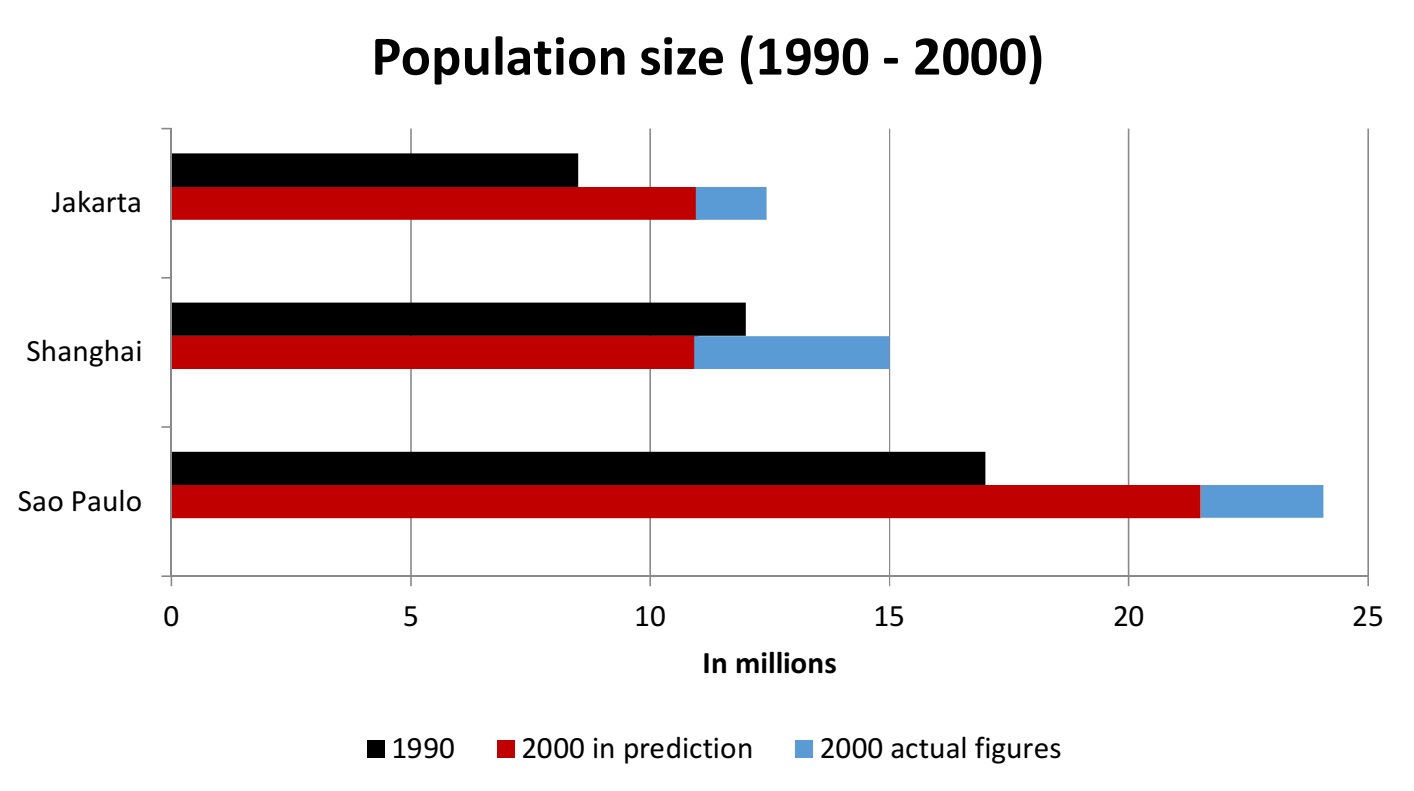Travelling has been greatly facilitated by a number of technological advances in recent years, and ultimately, cars will be operated completely by computers in years to come. In my view, this can have both positive and negative consequences on society.
One of the main disadvantages of autonomous cars is that it will have an undesirable influence on employment rates of commercial drivers. There is little doubt that these people will be forced out of work when autonomous cars become the favored preference. This also leads to a more pressing concern about the associated consequences when unemployment rates proliferate, one of which is the increasing social burden placed upon the government. Considering the unprecedentedly fast development of car technology in recent years, such a scenario is likely to occur in the foreseeable future.
However, we should consider these disadvantages as inevitable factors that accompany a handful of more significant benefits. For one, autonomous vehicles can accurately navigate their way with less chance of making errors in judgment like human drivers do, hence, increasing the safety of passengers. It is true that the majority of traffic accidents come from situations where speed or alcohol is involved, which would not be the case if cars are operated by computers. Furthermore, such technology will inspire a new generation of mechanics and engineers, in turn, leading to more inventions that will make human life easier and more comfortable.
In conclusion, the predicted appearance of driverless cars will severely impact employment in the transportation industry and result in large social burdens upon the government. Nevertheless, I do think that those negative consequences are the prices we can accept in order to enhance road safety and nurture a new era or engineering.
(285 words)

